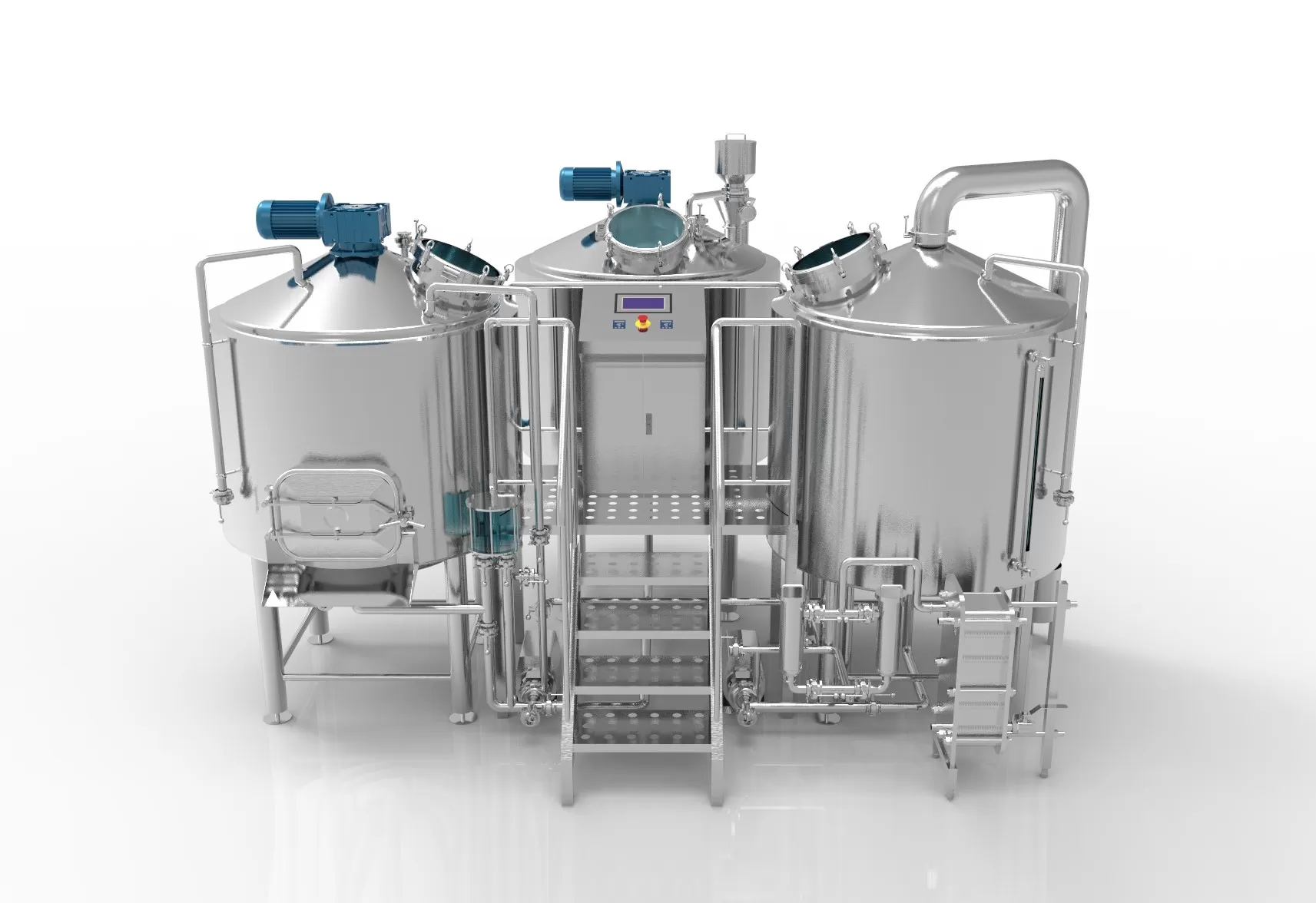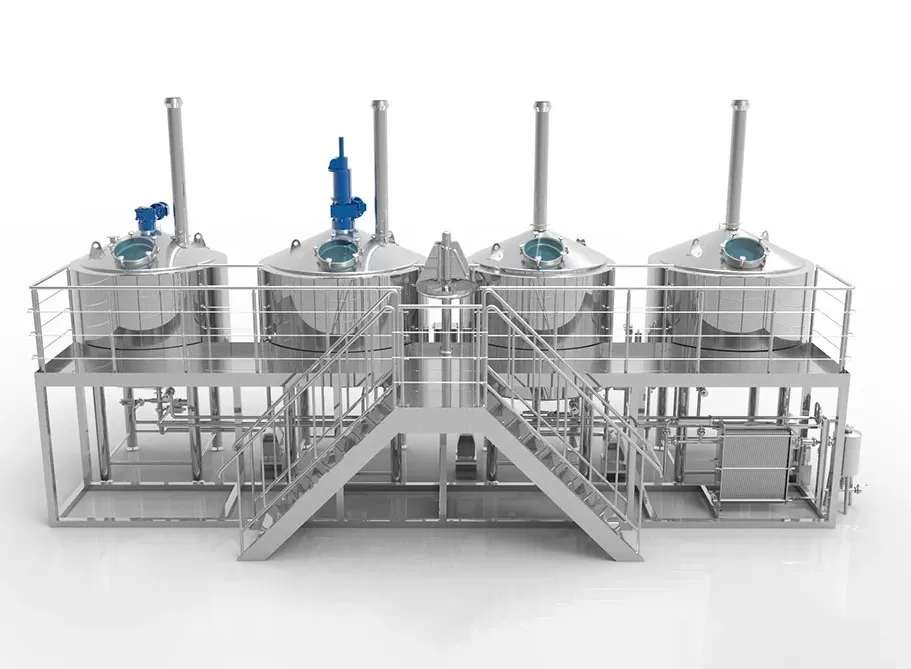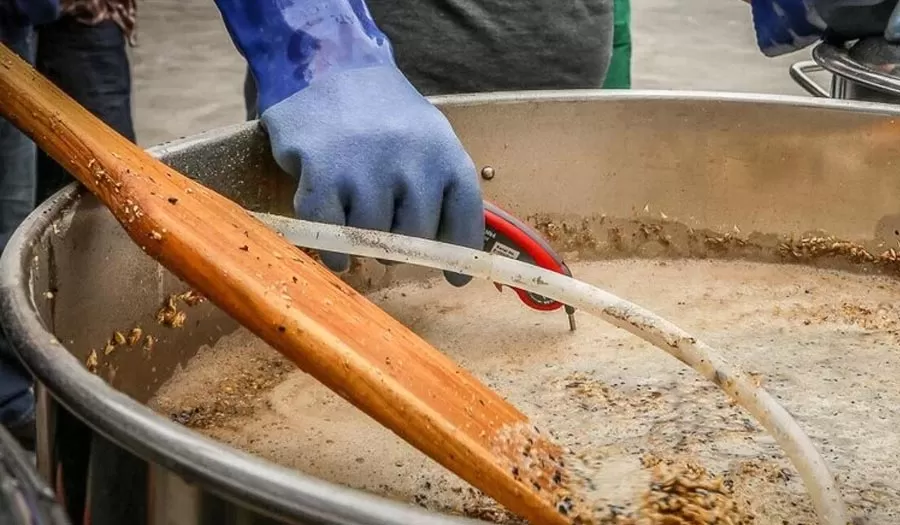La cerveza sin alcohol es un producto nuevo en el mercado y su popularidad va en aumento . Las bebidas sin alcohol sorprenden y confunden a mucha gente, y algunos no entienden el porqué de la cerveza sin alcohol. En realidad, la mayoría de las cervezas sin alcohol empiezan siendo cervezas con alcohol normales. Esto significa que pasan por casi el mismo proceso que la cerveza normal, desde la elaboración del mosto hasta la fermentación, pasando por la ebullición del mosto y la adición de lúpulo. A continuación, ambas toman rumbos distintos.
¿Qué es la cerveza sin alcohol?
A pesar de su nombre, se permite que la cerveza sin alcohol tenga un contenido de alcohol por volumen (ABV) de hasta 0,5%. Se permiten cantidades traza porque el método habitual de elaboración de cerveza sin alcohol hace que alcanzar el cero absoluto sea bastante difícil. Pero también existen verdaderas cervezas de 0,0% ABV, conocidas como cervezas sin alcohol. Algunas versiones de la cerveza sin alcohol recuerdan al agua con gas y son el resultado de mezclar agua con elementos como malta sin alcohol y jarabe de lúpulo.
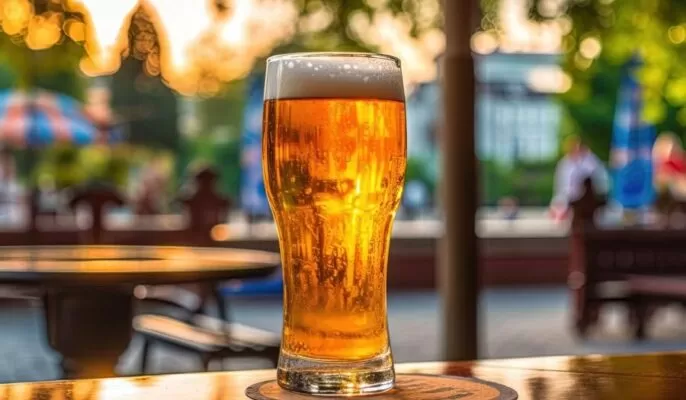
Ingredientes de la cerveza sin alcohol
Al igual que las cervezas alcohólicas normales, las cervezas sin alcohol se elaboran con cuatro ingredientes estándar: agua, cereales, lúpulo y levadura. El agua constituye la mayor parte de la cerveza. Los cereales aportan el azúcar, que la levadura convierte en alcohol mediante el proceso de fermentación. El lúpulo aporta el conocido amargor y aroma de muchas cervezas. Las fábricas de cerveza suelen añadir sabores y otros ingredientes para crear recetas de cerveza sin alcohol, pero todo se elabora con estos cuatro ingredientes básicos.
¿Cómo se elabora la cerveza sin alcohol?
Muchos métodos habituales de producción de cerveza sin alcohol se basan en el uso de equipos caros y especializados para eliminar el etanol de la cerveza, pero este método sólo puede utilizarse a gran escala. Este proceso no sólo es costoso para las cerveceras artesanales, sino que además provoca la eliminación de volátiles y otros compuestos aromáticos, lo que afecta a la calidad de la cerveza. Para hacer frente a este reto, las pequeñas fábricas de cerveza están utilizando métodos biológicos novedosos para producir cervezas de bajo contenido alcohólico, en lugar de recurrir a la filtración para eliminar el alcohol de la cerveza.
Las cervezas sin alcohol se elaboran utilizando uno de los cuatro métodos principales siguientes: fermentación controlada, desalcoholización, dilución o fermentación simulada.
Desalcoholización
Existen muchos métodos de desalcoholización, muchos de los cuales son nuevos en el mercado. Las cervecerías más grandes utilizan más el método de desalcoholización para producir cerveza sin alcohol debido al elevado coste de los equipos. Los procesos de desalcoholización pueden incluir el calentamiento y los procesos basados en membranas, como la destilación al vacío, la filtración por membrana y la ósmosis inversa.
Dilución
La dilución consiste en añadir agua a la cerveza con plomo terminada, reduciendo el contenido de alcohol al diluirla con agua.
La cantidad de agua añadida depende del contenido de alcohol de la cerveza original, pero suele rondar los 10%. Esto significa que si su cerveza tiene un ABV (alcohol por volumen) de 5%, diluirla con agua de 10% reducirá su ABV a 4%. Esto puede hacerse antes o después de la fermentación.
Fermentación controlada
El control fermentación es una tecnología utilizada para producir cerveza sin alcohol. Consiste en controlar la temperatura y el tiempo que la levadura está en contacto con el azúcar para evitar la producción de alcohol durante la fermentación, añadiendo levadura al azúcar en un gran tanque, pero en cantidades menores que en la cerveza con alcohol. El objetivo es producir la espuma y el aroma únicos de la cerveza sin producir alcohol. En la elaboración de cerveza sin alcohol, todo el proceso de fermentación se desarrolla hasta la carbonatación y, a continuación, la mezcla se calienta para eliminar el alcohol.
Fermentación simulada
En algunos casos, los cerveceros desean evitar la fermentación del azúcar. Utilizando un método de fermentación simulada, se saltan el proceso de fermentación al elaborar la cerveza y añaden ingredientes y enzimas para simular el mismo efecto. Se utiliza para garantizar que no haya ni una gota de alcohol en la cerveza.
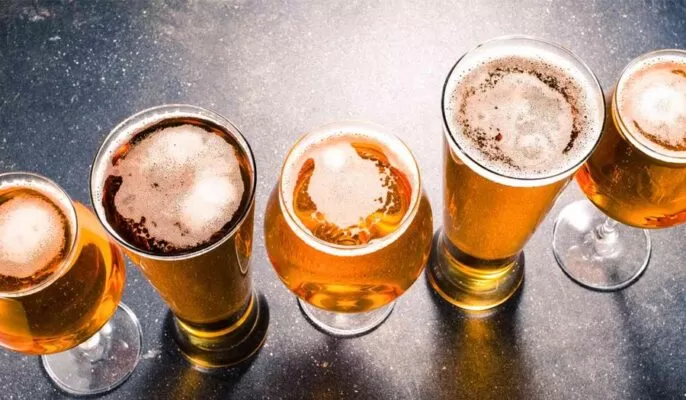
¿Cómo eliminar el alcohol de la cerveza tradicional?
Ósmosis inversa
La ósmosis inversa empuja la cerveza a través de una membrana semipermeable a alta presión. A continuación, el agua se separa del alcohol por destilación y se devuelve a la cerveza mediante un equipo especial de desalcoholización.
Hervir
El método más habitual consiste en añadir agua o vapor al líquido y hervirlo a presión. A continuación, el alcohol se libera en forma de vapor en el condensador, donde se recoge y se descarga.
Destilación al vacío
Para aliviar esta situación, algunas fábricas de cerveza recurren a la destilación al vacío. Mientras que el punto de ebullición original del alcohol es de unos 173,1°F, el vacío ayuda a reducirlo a 93,2°F. Así, la cerveza no se calienta hasta el punto de perder sabor, sino sólo hasta una temperatura templada. Esto le permite mantener su sabor intacto mientras se sigue evaporando el alcohol de la mezcla.
Beneficios de la cerveza sin alcohol
Craft brewers are taking alcohol-free beers to the next level, making them easy to incorporate into a full, active life. you’re meeting friends for lunch but have new plans ahead, so a non-alcoholic beer is recommended.
¿A qué sabe la cerveza sin alcohol?
Since non-alcoholic beer goes through the exact same process as traditional alcoholic beer, except that the alcohol is removed in the final stages of the process, you should end up with a beer that tastes very similar. Removing all the alcohol will change the flavor , but the flavor profile should be the same. If you’re trying to avoid drinking alcohol altogether for whatever reason, non-alcoholic beer is your best option.


